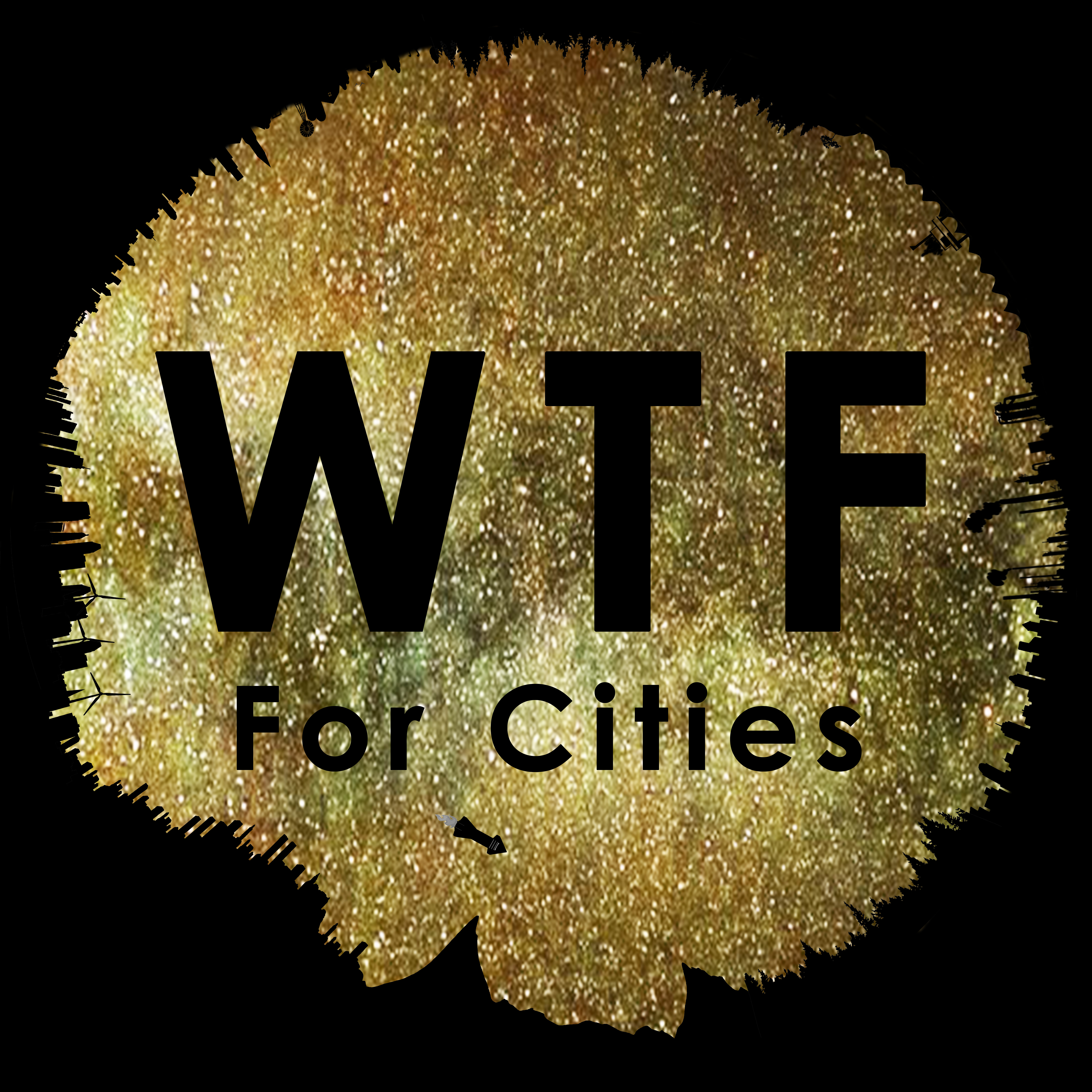Listen to the episode:
Find the shownotes through this link.
Are you interested in circular economy?
Our summary today works with the article titled Circular economy: a brief literature review from 2021 by Erick Hungaro Arruda, Rosangela Andrade Pita Brancalhao Melatto, Wilson Levy, and Diego de Melo Conti, published in the Sustainable Operations and Computers journal. This is a great preparation for our next interviewee, Dr Nicole Garofano in episode 171 talking about circular economy. Since we are investigating the future of cities, I thought it would be interesting to see circular economy as an effective tool to trigger sustainable developments. This article presents many understandings and the evolution of the circular economy in research, highlighting some future prospects for the concept.
[intro music]
Welcome to today’s What is The Future For Cities podcast and its Research episode; my name is Fanni, and today I will introduce a research paper by summarising it. The episode really is just a short summary of the original paper, and, in case it is interesting enough, I would encourage everyone to check out the whole paper. Stay tuned until because I will give you the 3 most important things and some questions which would be interesting to discuss.
[music]
Circular economy emerged in the 1970s from the idea of reducing the consumption of inputs for industrial production. But it proves to be potentially applicable to any resource. Circular economy proposes a change in the extraction-production-disposal paradigm of the current linear economy. The circular economy gained acceptance to address the issue of sustainability in public policies in governments, like the EU and China. The human population growth is projected to create sever impacts, like biodiversity decrease and pressure on scarce materials causing market fluctuations and economic instability. Circular economy can be a potential answer to tackle some of these challenges.
By and large, circular economy is based on design of manufactured products with added value and maximum use in longer life cycles, creation of versatile products with multiple uses throughout their lifetime, restitution of solid waste to the industrial sector where the recycled secondary materials are competitive in the market, and a systemic approach to supply chain management. This latter involves the evaluation of interconnections among the energy produced, the extracted material and the natural environment. Despite these basic principles, there is a lack of consensus on the definitions and terminologies of circular economy in the scientific community, and its connections to other concepts in sustainability, like green economy or industrial ecology. This article aims to create a clear relationship among the different approaches from 15 chosen articles.
The investigation found circular economy described in various ways, such as collaborative economy, or as the practical application for the theoretical basic sustainability concept. If circular economy is an umbrella term, it can include biomimetics, resource life-extension strategies, concern with urban development and inter-governmental relations in supply chains. Circular economy is presented to have benefits for scarcity of resources, the industry, the environment, and the economy. Measuring circular economy projects must include specifics and the scope of the project. Regulations seem to help implement the circular economy, top-down approaches show a potentially successful way for economic transition, while highlighting the need for communication among government agencies. However, all of this needs to be underpinned with a holistic view applied to human-nature relations as the main element.
The authors conclude that there is an association between the deficiency of the circular economy concept without a proper scientific address. For circular economy to reach circularity, strategies must be applied to extend the useful life of resources. Circular economy is a condition for sustainability with the main actors in the transition process being private companies. To assess a circularity process, one must measure which actions are taken by the object of study, the skills presented and the level at which the development is being evaluated, like macro, meso or micro.
Legislation, implementation and public policies can also influence circular economy approaches. Studies have shown that the top-down strategy is the best option for the economic transition, since the supply chains established between the various actors within the urban context will make the inspection and the flow of materials and energy smoothly, thus ensuring the efficiency of the main operating mechanism of economic circularity.
Circular economy still needs research to outline, classify and guide the transformation processes and implementation, thus confirming its applicability. However, circular economy is presented as a concept of sustainability with the greatest probability of favourable economic development.
[music]
What was the most interesting part for you? What questions did arise for you? Do you have any follow up question? Let me know on Twitter at WTF4Cities or on the wtf4cities.com website where the transcripts and show notes are available! Additionally, I will highly appreciate if you consider subscribing to the podcast or on the website. I hope this was an interesting paper for you as well, and thanks for tuning in!
[music]
Finally, as the most important things, I would like to highlight 3 aspects:
- Circular economy proposes a change in the extraction-production-disposal paradigm of the current linear economy.
- Circular economy is based on design of manufactured products with added value and maximum use in longer life cycles, creation of versatile products with multiple uses, restitution of solid waste to the industrial sector, and a systemic approach to supply chain management.
- Circular economy is presented as a concept of sustainability with the greatest probability of favourable economic development.
Additionally, it would be great to talk about the following questions:
- What do you think about circular economy? Our next interviewee, Dr Nicole Garofano will also explain this concept if you want to know more!
- How can you do more in the name of circular economy?
- How do you think about the objects and materials around you? Are they there to serve only one purpose or do they have a second life?
[outro music]


Leave a comment